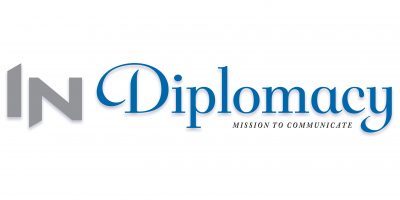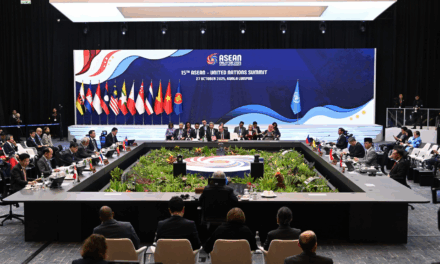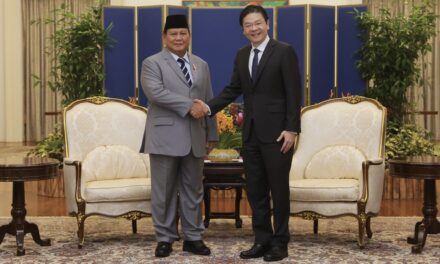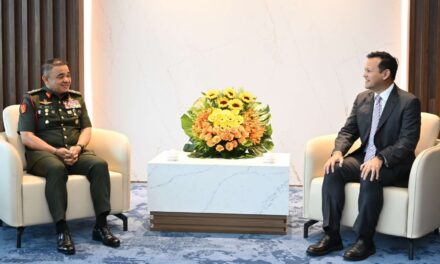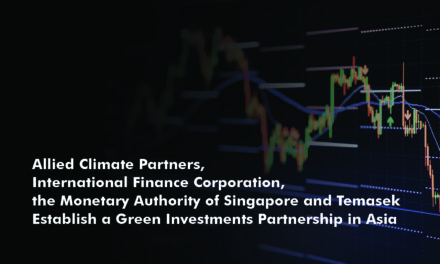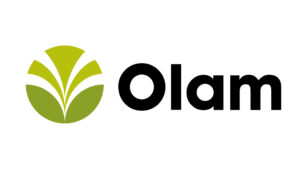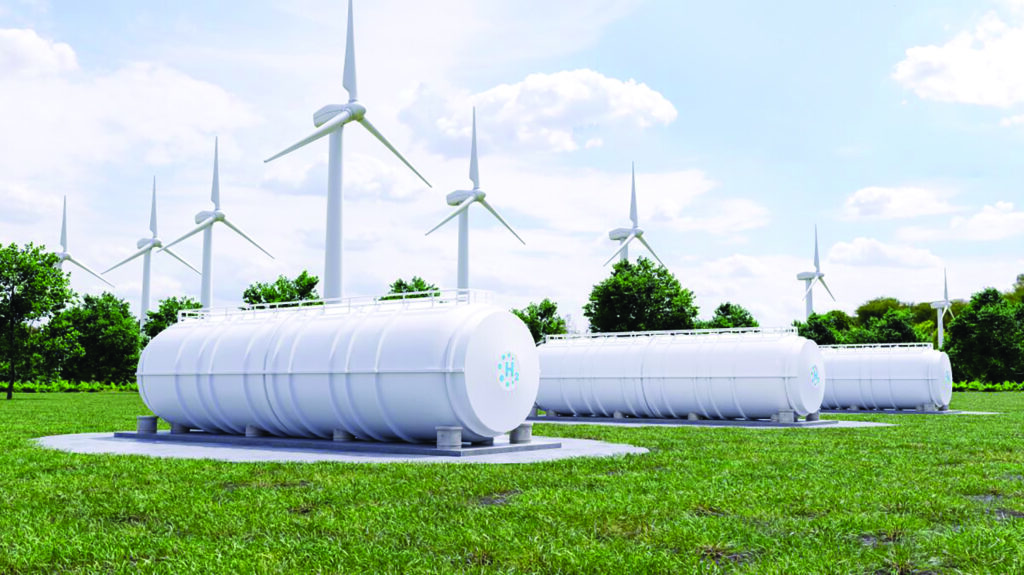
The acquisition of ENEO by a British energy firm investing in Mauritania is a good start
AFRICA has an estimated potential to produce US$1.06 trillion worth of green hydrogen by 2035. Viewed as a premier energy carrier that will facilitate the global transition to renewable energy sources, European and Asian firms are turning their attention to developing Africa’s enormous green hydrogen potential. While the North African nations of Morocco and Egypt have emerged as green hydrogen leaders, the Sahelian nation of Mauritania is a key to unlocking hydrogen potential of sub-Saharan Africa (SSA). With several international consortia competing to develop Mauritania’s green hydrogen production infrastructure, the consortium led by British energy firm Chariot has developed a unique edge through its acquisition of Singaporean water desalination technology.
Global Rush for Green Hydrogen and Green Ammonia
An energy carrier produced from renewable energy sources, green hydrogen can be used directly as a fuel, an input for manufacturing processes (such as ‘green steel’ production) or as an energy storage and transportation system. While all three uses are critical for climate-friendly commerce and industry, it is particularly the function as a storage system for renewable power that makes green hydrogen vital to energy transition. The electricity produced by solar and wind power is intermittent and variable, depending on hours of daylight or wind availability. Green hydrogen stands as an alternative technology to utility scale batteries – which require toxic and difficult to obtain minerals – for storing energy produced from renewable sources and then deploying on demand.
Different from natural gas-derived hydrogen produced in a process that releases considerable volumes of CO2 into the atmosphere (and therefore called “gray” hydrogen), green hydrogen is produced by using electricity generated from renewable sources to split water into its hydrogen and oxygen components, creating a versatile, carbon-free (hence, “green”) energy carrier. Reversing the electrolysis process in a fuel cell by recombining green hydrogen and oxygen back into water generates electric current, providing on-demand, climate-smart power. The further advantage of green hydrogen is that the most cost-effective way to store and transport green hydrogen is in the form of its derivative green ammonia. Since ammonia is one of the basic inputs for fertilizer manufacturing – currently accounting for about 70% of global ammonia consumption – there is already offtake demand for green ammonia, which can easily use existing ammonia storage and transportation infrastructure.
The pressing need for green ammonia to make agriculture sustainable and resilient against natural gas price shocks is also driving the rush to develop green hydrogen.
European firms from the leading food exporting countries have been at the forefront driving the development of green hydrogen and green ammonia production in North Africa – particularly in Morocco and Egypt, which also have their own significant fertilizer industries. For its part, Morocco’s state-owned fertilizer manufacturing giant OCP (Office Chérifien des Phosphates) – the world’s fourth largest fertilizer exporter – announced in July 2023 that it would construct its own US$7 billion green ammonia plant in the Kingdom. The plant is intended to help the company replace its annual import of US$2bn worth of gray ammonia with domestically produced green ammonia.
Mauritania: A Rising Star in Green Hydrogen
Neighbouring Mauritania is similarly awash with solar energy resources. Three-quarters of the country is covered by the Sahara Desert whose direct normal irradiation (DNI) levels reach or exceed 2,200 kWh/m2. While possessing solar and wind energy resources at the level of North Africa green hydrogen leaders Morocco and Egypt, Mauritania’s population is seven times smaller than the former and 20 times smaller than the latter. Sparsely inhabited with a population of about five million, Mauritania can more easily serve export markets while using the same renewable energy infrastructure to provide for the needs of its own population.
The region surrounding the northern coastal city of Nouadhibou, slated to be a center of green hydrogen production receives a DNI of about 2,074 kWh/m2. The region also possesses rich wind energy resources, with onshore wind speeds of seven meters per second and even faster speeds offshore. The region already hosts a 30MW wind power generation complex. The country’s capital Nouakchott, on the southern portion of Mauritania’s coast, receives a DNI of about 1,600 kWh/m2. Mauritania’s total wind energy resources are estimated to be 175 GW. Of the five Sahel nations, Mauritania is the only one with a coastline and so can easily provide offtake for export markets. Mauritania’s coast is also an essential factor for green hydrogen production itself, the process requires nine kilograms of water for every kilogram of hydrogen produced. Like water-depleted Morocco and Egypt, Mauritania’s green hydrogen production will have to rely on freshwater provided by dedicated renewable energy-powered seawater desalination plants.
Despite becoming natural gas player with through the joint development with Senegal of their shared offshore reserves, Mauritania has adopted a national energy transition strategy to increase renewable energy sources to 60% of its energy supply mix by 2030. Mauritania seeks to use its solar and wind energy resources to become a major green hydrogen/green ammonia exporter. As Mauritanian Minister of Petroleum, Energy, and Mines Abdessalem Ould Mohamed Saleh declared, “Our country is determined to play a leading position on the global map of the green hydrogen economy in the coming decades.”
Mauritania has not been lacking for international partners to help Nouakchott attain its green hydrogen objectives. An early entrant to Mauritania’s green hydrogen sector is Australia’s CWP, which has been implementing its 2021 MOU with government of Mauritania to develop a US$40bn green hydrogen/green ammonia complex known as the AMAN project. The AMAN project will include an installed capacity of 30 GW with 18 GW from wind power and 12GW from solar. The AMAN project, massive in scale, is expected to produce annually 1.7 million tons of green hydrogen or 10 million tons of green ammonia for local use and export. CWP’s efforts are facing competition in Mauritania’s green hydrogen market from a consortium of companies from Germany, the United Arab Emirates (UAE), and Egypt.
Against the background of these massive infrastructure projects, the British energy firm Chariot is leading a consortium to develop yet another green hydrogen/green ammonia project. In September 2021, Chariot signed an MOU with the Mauritanian government to advance the development “Project Nour”, a green hydrogen facility of up to 10 GW, using solar and wind resources in the Nouadhibou region. On the occasion of the signing of the agreement, energy minister Saleh reiterated Mauritania’s ambitions to be a central player in the global green hydrogen economy. “We have the potential, and desire,” Minister Saleh declared, “to be a world leader in the field of hydrogen production from renewable energy sources.”
Mauritania’s green hydrogen export ambitions took one step closer to realization in April 2022, when Chariot signed an MOU with the Port of Rotterdam in the Netherlands for the import of up to 600,000 tons of green hydrogen per year produced by Project Nour. Chariot regards as the Rotterdam agreement as “a first step in establishing supply chains to enable the sale of green hydrogen and its derivative products (notably ammonia) into Europe.”
In the following month, Chariot completed Project Nour’s pre-feasibility study in May 2022 and signed a framework agreement with the Mauritania government for the next development phases. With potential export offtake mechanism in place and the pre-feasibility study completed, Chariot’s position in the race to develop Mauritania’s green hydrogen sector was advanced in September 2022 when Total Eren, now a wholly-owned subsidiary of French energy giant TotalEnergies, entered into a
50-50 partnership for the development of the Nour project, bringing its considerable experience and expertise in the renewable energy sector.
Singapore Water Tech Edge
In 2023, Chariot developed a further edge over its rivals in Mauritania’s green hydrogen sector through the acquisition of a water desalination technology pioneered in Singapore. On 30th January 2023, Chariot announced its purchase of Singapore-headquartered ENEO Water Pte Ltd, which focuses on water treatment for arid regions. Green hydrogen production at Chariot’s Project Nour complex will use fresh water from a coastal desalination plant powered by solar and wind energy, raising the challenge for the company to provide sufficient freshwater as a production input while contributing to the politically important task of making sure Mauritania’s renewable energy is also used to provide sufficient freshwater to the its population. ENEO’s technology will help Chariot meet the challenge. The company’s core specialisation involves the solar-powered reverse osmosis desalination systems that are modular and scalable, making ENEO’s systems easily deployable in less accessible parts of Africa. One ENEO system has already been deployed in a brackish water treatment project in Djibouti powered by the 60 MW Ghoubet wind farm. Chariot views ENEO’s Djibouti project as a proof-of-concept for coupling renewable energy and desalination to achieve sustainable water management.
Concerned to balance the water requirements for green hydrogen production with the needs local communities, Chariot intends to originate, invest in, and own decentralised water supply projects, where the water is produced through renewable energy and can be sold to off takers under long-term agreements. Noting that “Water is a precious commodity with cleanliness, scarcity and sustainability of supply becoming growing themes throughout Africa,” Chariot executive Benoit Garrivier observed that the ENEO “technology we use is both modular and scalable we look forward to expanding this offering, in line with our mission of creating value whilst delivering a range of positive impacts.” The executive noted ENEO’s technology was a “strong strategic fit” for Chariot’s green hydrogen production as well as its stated aim to also provide local communities with affordable water access, in line with its commitment to socially responsible development.
Africa-Asia Green Hydrogen Cooperation on the Horizon
The regions of Africa that enjoy extraordinary green hydrogen potential, simultaneously suffer from acute water stress, witnessing increasing periods of drought driven by climate change. Approaches to developing green hydrogen production like that being carried out by Chariot in Mauritania – using climate-smart, Singaporean desalination technology to provide freshwater supplies for both the green hydrogen industry and the local population – will need to be replicated across Africa. In August 2023, Chariot signed an agreement[47] with Morocco’s Mohamed IV Polytechnic University to build a pilot green hydrogen/green ammonia as a proof-of-concept pilot project intended for future large-scale production.
Although European firms have been at the forefront of the effort to develop Africa’s green hydrogen potential, an Africa-Asia green hydrogen future seems to be on the horizon, as the coal-burning regions of Asia move toward ‘co-firing’, using both ammonia and coal as fuel in hitherto coal-fired power plants. Japan’s JERA, the nation’s largest power generation company, will be conducting a test run[48] of co-firing at its coal plant in Aichi, employing a fuel mix of 20 per cent ammonia and 80 per cent coal. JERA aims to move the fuel mix to 50-50 during the 2030s and then phase out coal entirely in favor of ammonia by the 2050s. Japan also eyes exporting the technology across Asia with Mitsubishi Heavy Industries developing[49] boilers and gas turbines for ammonia co-firing.
To achieve the desired carbon-neutral outcome, Japan and other Asia nations using co-firing as an intermediate step will need to import African-produced green ammonia. Japan is also endeavoring to develop[50] a prototype 100% ammonia-fired powerplant by 2030. In parallel, Japanese energy diplomacy has been seeking to develop a wider East Asian fuel ammonia ecosystem. On 10 January 2022, Japan signed a Memorandum of Cooperation51 Indonesia, 62.5%[52] of whose power is generated from burning coal, to cooperate in the development of fuel ammonia technology. Two days later, Japan signed an MOC[53] with Singapore to establish ammonia supply chains to “serve both Japan and Singapore markets, and broader demand in Asia-Pacific markets,” with the expressed objective to “explore Singapore’s potential to become a regional trading hub for hydrogen and hydrogen-based energy carriers.” On 13 January 2022, Japan also signed an MOC[54] with Thailand to assist in Thailand’s decarbonization efforts, including the use of fuel ammonia.
All three of Japan’s MOCs with its Southeast Asian partners envision cooperation on fuel ammonia and other climate-smart technologies as the means to achieve their respective climate commitments under the Paris agreement. So the path to a low carbon future for Asia goes is likely to go through Africa. With Africa-to-Asia green ammonia supply chains looming on the horizon, Asian companies like Singapore’s ENEO have a big part to play in unlocking Africa’s green hydrogen potential.
The above extract is reproduced with the kind permission of the NTU-SBF Centre for African Studies (CAS) and written by Professor Michaël Tanchum, a research fellow with NTU-SBF CAS, a non-resident fellow with the Middle East Institute’s Economics and Energy Program and teaches at Universidad de Navarra. You can read the full article at www.ntu.edu.sg/cas
